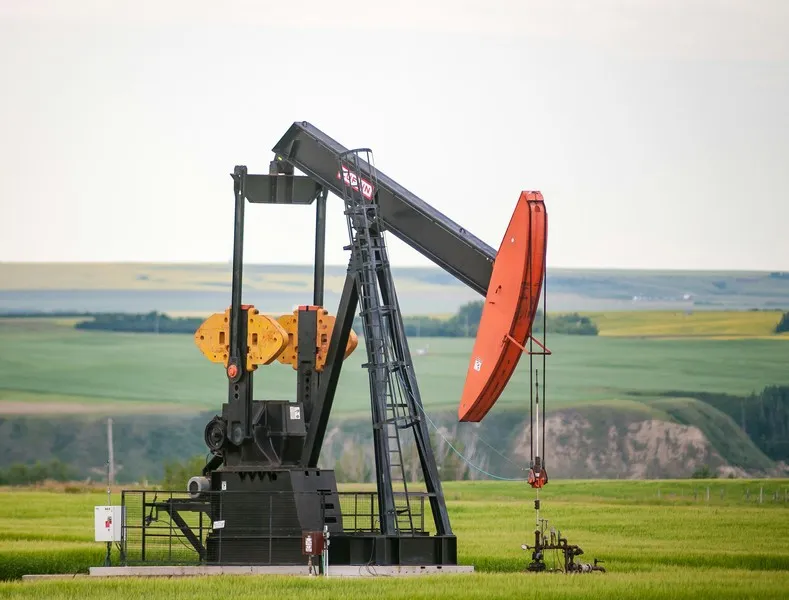Table of Contents
- The Concept of Mechanical Solidarity
- Characteristics of Mechanical Solidarity
- Mechanical Solidarity in Pre-industrial Societies
- The Evolution from Mechanical to Organic Solidarity
- Implications of Mechanical Solidarity
- Modern Reflections of Mechanical Solidarity
- Conclusion
Mechanical solidarity is a term coined by the French sociologist Émile Durkheim in his seminal work, The Division of Labour in Society (1893). This concept is pivotal to understanding the structure and function of traditional societies. Durkheim contrasted mechanical solidarity with organic solidarity, the latter being characteristic of modern, industrial societies. Understanding mechanical solidarity involves exploring the nature of social bonds, the role of collective consciousness, and the implications for social cohesion and integration.
The Concept of Mechanical Solidarity
Mechanical solidarity refers to the social integration of members of a society who have common values and beliefs. These commonalities stem from the homogeneity of individuals who engage in similar work, education, and lifestyles. In such societies, the collective consciousness—a set of shared beliefs, values, and norms—is strong and pervasive, guiding individual behavior and fostering social cohesion.
In societies characterized by mechanical solidarity, the division of labor is minimal, and social differentiation is limited. Individuals perform similar tasks and roles, which creates a sense of unity and mutual support. The similarities among members of the society are the glue that holds them together, reducing the potential for conflict and enhancing social stability.
Characteristics of Mechanical Solidarity
Homogeneity and Commonality
A primary characteristic of mechanical solidarity is the homogeneity among members of society. This homogeneity arises because individuals share similar occupations, experiences, and ways of life. In such settings, there is little room for individualism; instead, conformity to the collective norms is paramount. The shared values and beliefs create a unified social fabric, which is essential for the survival of the group.
Strong Collective Consciousness
The collective consciousness in societies with mechanical solidarity is robust and all-encompassing. It governs not only the moral and ethical dimensions of social life but also dictates acceptable behaviors and practices. This collective consciousness is a powerful force that ensures social order and regulates the actions of individuals, often through informal means such as social sanctions and ostracism.
Minimal Division of Labor
In societies exhibiting mechanical solidarity, the division of labor is relatively undeveloped. Most individuals engage in similar types of work, such as farming, hunting, or crafting. This lack of specialization means that each member of society is capable of performing the tasks required for survival, contributing to a shared understanding and mutual dependence.
Mechanical Solidarity in Pre-industrial Societies
Pre-industrial societies are the quintessential examples of mechanical solidarity. In these societies, the economy is primarily agrarian, and social structures are based on kinship and clan affiliations. The close-knit nature of these communities fosters a high degree of social integration and a strong collective identity.
Kinship and Social Bonds
In pre-industrial societies, kinship ties play a crucial role in maintaining mechanical solidarity. Families and clans form the basic units of social organization, and relationships within these units are governed by strict norms and customs. The strength of these kinship bonds ensures that individuals remain loyal to their group and adhere to its collective norms and values.
Rituals and Traditions
Rituals and traditions are vital components of mechanical solidarity in pre-industrial societies. These practices reinforce the collective consciousness and provide a sense of continuity and stability. Through participation in communal rituals, members of society reaffirm their commitment to shared values and strengthen their social bonds.
The Evolution from Mechanical to Organic Solidarity
Durkheim’s theory of solidarity posits that as societies evolve, they transition from mechanical to organic solidarity. This shift is driven by the increasing complexity of social structures and the growing division of labor.
Increased Division of Labor
With the advent of industrialization, societies experience a significant increase in the division of labor. Specialized roles and occupations emerge, leading to greater interdependence among individuals. Unlike mechanical solidarity, where cohesion is based on similarity, organic solidarity relies on the complementary differences between individuals and the functions they perform.
Decline of Collective Consciousness
As societies move towards organic solidarity, the collective consciousness weakens. The shared values and beliefs that once unified the group become less dominant, giving way to a more diverse set of individual perspectives and experiences. This diversification necessitates new forms of social regulation and integration, often formalized through legal systems and institutional frameworks.
Emergence of Individualism
Get the full article AD FREE. Join now for full access to all premium articles.
View Plans & Subscribe Already a member? Log in.





